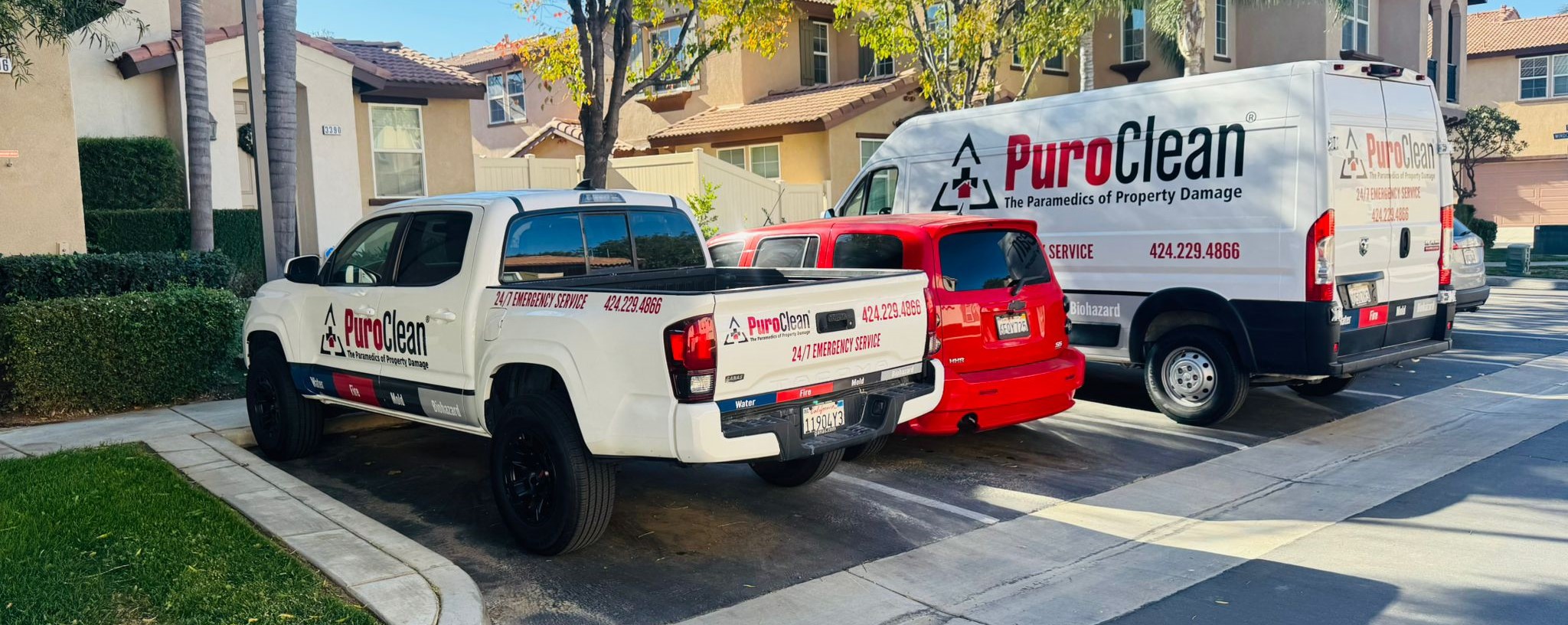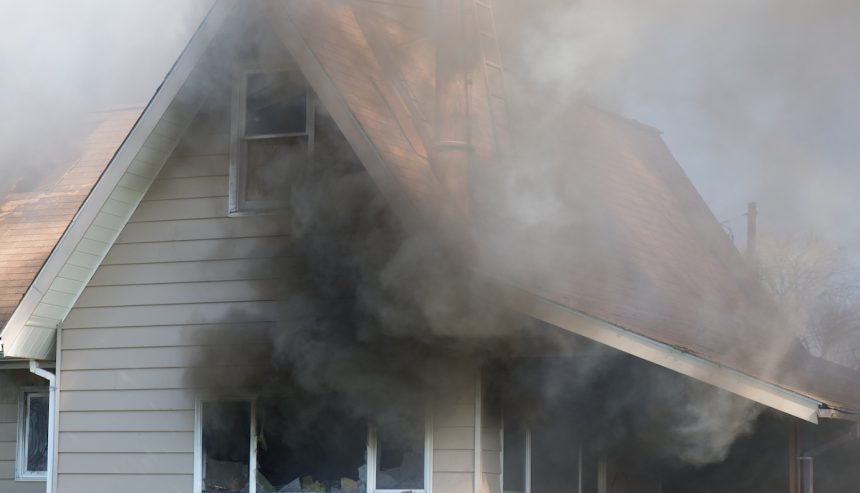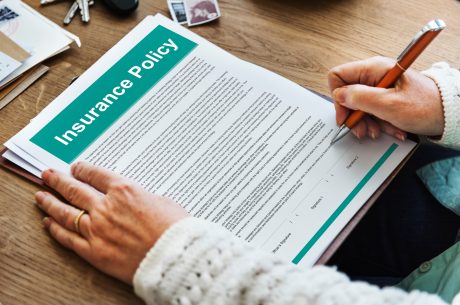Table of Contents
Smoke damage is one of the most persistent and dangerous aftereffects of a house fire. It seeps into walls, furniture, personal belongings, and even the HVAC system. If you’ve just experienced a house fire, you’re probably wondering: Can I handle the cleanup myself? The short answer: maybe, but with serious caveats.
In this article, we’ll break down what smoke and soot damage actually is, the risks of tackling it yourself, what steps you can take, and when it’s best to leave it to the pros — like the trusted team at PuroClean of Bellflower.
What Is Smoke Damage?
Smoke damage occurs when the acidic particles and residue from a fire settle on surfaces throughout your home. It’s not just the black soot you see — it’s also invisible toxins, lingering odors, and chemical reactions that continue to damage materials long after the flames are out.
Different materials burn differently, and so does the resulting smoke. For example, a kitchen grease fire will leave behind a very different type of smoke and soot damage than a fire involving plastics or wood.
Why Smoke Damage Is Dangerous
- Health Hazards: Breathing in particles from smoke and soot damage can aggravate asthma, cause respiratory issues, and even lead to long-term health problems.
- Structural Damage: Smoke damage can corrode metal, weaken drywall, and stain ceilings and walls.
- Lingering Odor: Without proper treatment, the smell of smoke can linger for months or even years.
- Hidden Contamination: Smoke and soot damage often spreads to areas you can’t see — inside vents, behind walls, under floors.
DIY Smoke Damage Cleanup: What You Can (and Can’t) Do
You might feel tempted to roll up your sleeves and handle smoke and soot damage cleanup yourself. Here’s what you can try on your own — and what you shouldn’t.
What You Can Do:
- Ventilate Immediately: Open windows and doors to get air circulating. Use fans if it’s safe.
- Wipe Down Hard Surfaces: Use a dry sponge or soft cloth to remove surface soot. Avoid using water right away, which can smear soot.
- Launder Fabrics: Wash clothes, curtains, and bedding in hot water with a deodorizing agent.
- Clean HVAC Filters: Replace air filters and consider having your ducts inspected.
What You Shouldn’t Do:
- Don’t Scrub Walls or Painted Surfaces: This can push the smoke particles deeper.
- Don’t Use Standard Cleaners: Many household cleaners react with soot and worsen stains.
- Don’t Ignore the Odor: If the smell persists after basic cleaning, it likely means deeper damage.
The Limits of DIY Smoke Damage Cleanup
Cleaning smoke and soot damage isn’t like cleaning up dirt or dust. It’s a chemical process involving acids and residues that continue damaging your home until properly neutralized. Store-bought cleaners and elbow grease simply aren’t enough in most cases.
Here’s what DIY methods can’t address:
- Deep cleaning within walls and HVAC systems
- Deodorization using industrial-grade ozone or hydroxyl generators
- Material testing for salvageability vs. disposal
- Mold risks caused by improper cleaning techniques
In short — you can start the process, but you likely can’t finish it effectively on your own.
When to Call in the Pros
Professional smoke damage restoration companies like PuroClean of Bellflower use specialized tools and techniques to safely and completely remove smoke and soot damage. Here’s when to make the call:
- The fire affected multiple rooms
- Smoke odor lingers after cleaning
- You notice discoloration returning after cleanup
- You’re experiencing headaches, coughing, or allergy-like symptoms at home
- Your insurance company requests professional documentation
What the Pros Do That You Can’t
- Thermal fogging to reach every inch of your home
- HEPA air filtration to remove fine particles
- Dry-ice or soda blasting for cleaning brick, concrete, and wood
- Chemical sponges and enzymatic cleaners to eliminate staining and odor
- Complete deodorization and air quality testing
Hiring pros doesn’t just restore your home — it protects your health, time, and long-term property value.
FAQs About Smoke and Soot Damage After a House Fire
How long does smoke and soot damage last if untreated?
Untreated smoke damage can linger for years, causing ongoing health issues and worsening structural damage over time.
Does insurance cover smoke damage?
Most homeowners’ insurance policies cover smoke damage from accidental fires. However, improper DIY cleaning can complicate claims.
Can smoke and soot damage cause mold?
Yes. If water or humidity was present during the fire or cleanup, mold can grow quickly, especially in porous materials.
Can I stay in my home during smoke damage cleanup?
Depending on the severity, you may be advised to temporarily relocate for safety and to allow thorough restoration.
What items are usually unsalvageable?
Porous items like mattresses, pillows, insulation, and some electronics are often not salvageable after severe smoke damage.
Call (562) 356-8500 for Smoke Damage Removal Services
Attempting to clean smoke damage after a house fire on your own might seem cost-effective — until you realize how easily it can lead to deeper issues, lingering odors, and potential health risks. This is one area where professional help makes a life-changing difference.
At PuroClean of Bellflower, we offer:
- 24/7 emergency response
- IICRC-certified smoke and fire restoration experts
- State-of-the-art equipment for deep cleaning and odor removal
- Compassionate, honest service during a stressful time
Let us help restore not just your property, but your peace of mind.
Call PuroClean of Bellflower today at (562) 356-8500 for smoke damage clean up.



